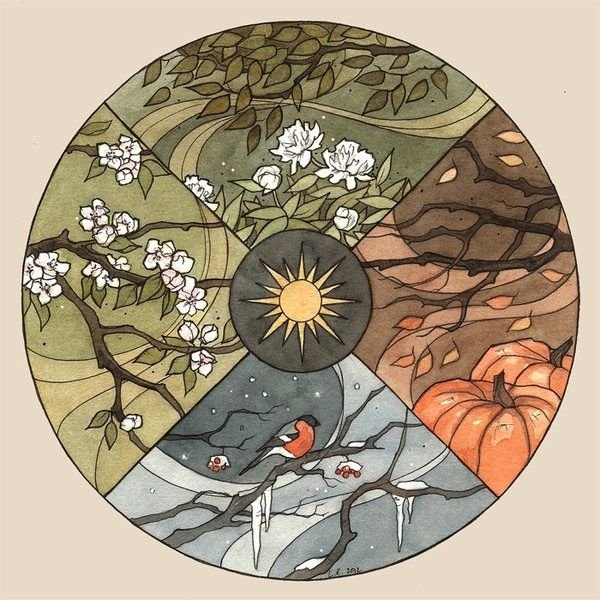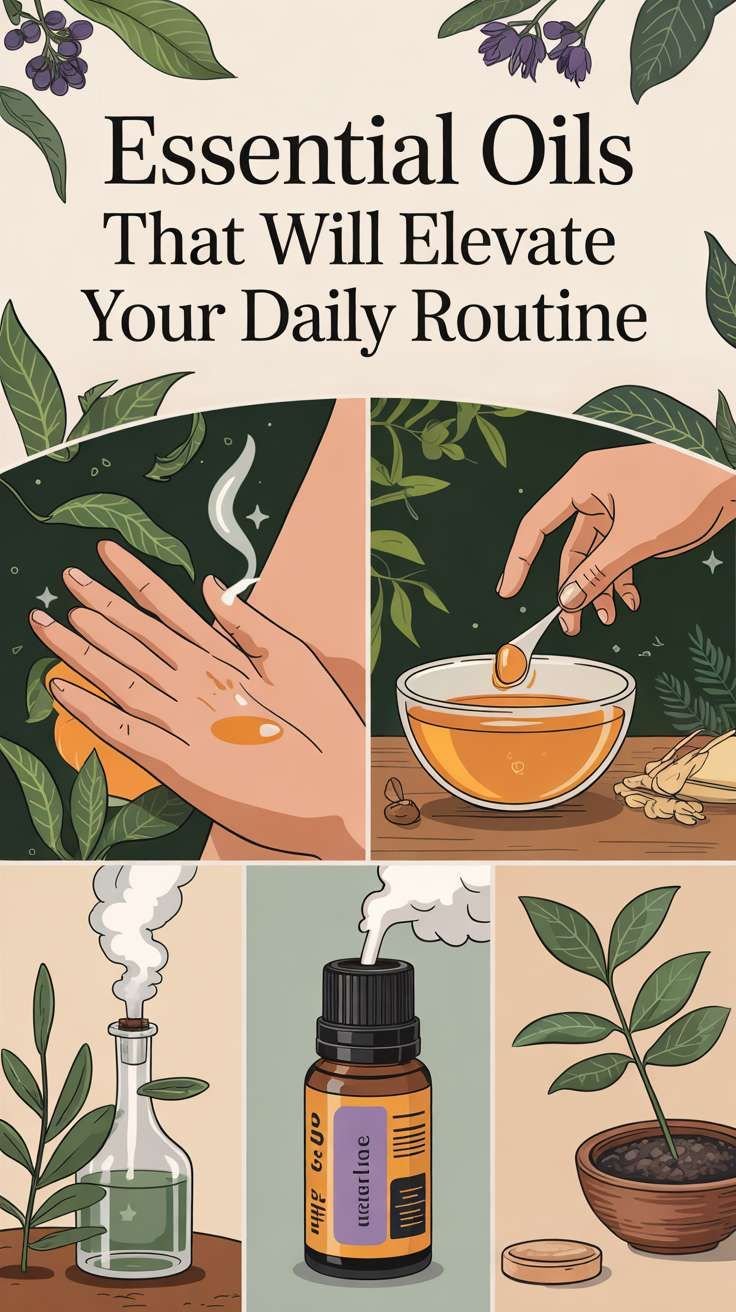
How to Choose the Right Essential Oil for Your Life’s Season
Introduction Our lives move in seasons — moments of growth, rest, change, and renewal. Just as nature shifts with the rhythm of spring, summer, autumn,

Herbal infusions, commonly referred to as herbal teas, have played a crucial role in traditional medicine worldwide. Learning the correct preparation techniques ensures you extract the full therapeutic benefits of medicinal plants, making these remedies both safe and effective.
An herbal infusion is a process that involves steeping plant materials—such as leaves, flowers, or stems—in hot water to release their active compounds. This method is particularly effective for extracting volatile oils and water-soluble constituents, resulting in a flavorful and medicinally potent beverage.
Optimizing the preparation process is essential to ensuring the maximum potency and safety of your herbal remedies.
Chamomile (Matricaria chamomilla) is widely recognized for its calming, anti-inflammatory, and mildly sedative properties. Research supports its effectiveness in promoting relaxation and improving sleep quality.
Herbal infusions have been used for centuries in various cultures. For example, Native American tribes, such as the Kiowa and Cheyenne, traditionally used echinacea (Echinacea angustifolia) infusions for sore throats, colds, and general immune support. Such historical wisdom underscores the importance of proper preparation techniques to maximize the benefits of medicinal plants.
Mastering the preparation of herbal infusions is more than just a culinary practice—it’s a way to tap into nature’s healing potential responsibly. By understanding temperature control, steeping times, and herbal interactions, you can create effective, safe, and powerful remedies at home.
Pro Tip: Always consult a healthcare professional before adding herbal infusions to your routine, especially if you have underlying health conditions or take medications.

Introduction Our lives move in seasons — moments of growth, rest, change, and renewal. Just as nature shifts with the rhythm of spring, summer, autumn,

Imagine walking into a space that instantly soothes your spirit, calms your mind, and feels like a gentle embrace from nature itself. That’s the power

Every year, millions of people around the world lose their lives to just a handful of diseases. In fact, about 70% of all deaths are

What is the 08/08 Portal? Every year on August 8th, the powerful Lion’s Gate Portal opens — a cosmic alignment between Earth, the Sun, and

Have you ever felt disconnected from your higher self, experienced mental congestion, or found it hard to trust in your path? These may be signs

Do you sometimes feel disconnected from your intuition or experience mental fog? These may be signals that your Third Eye Chakra—also known as Ajna—is out